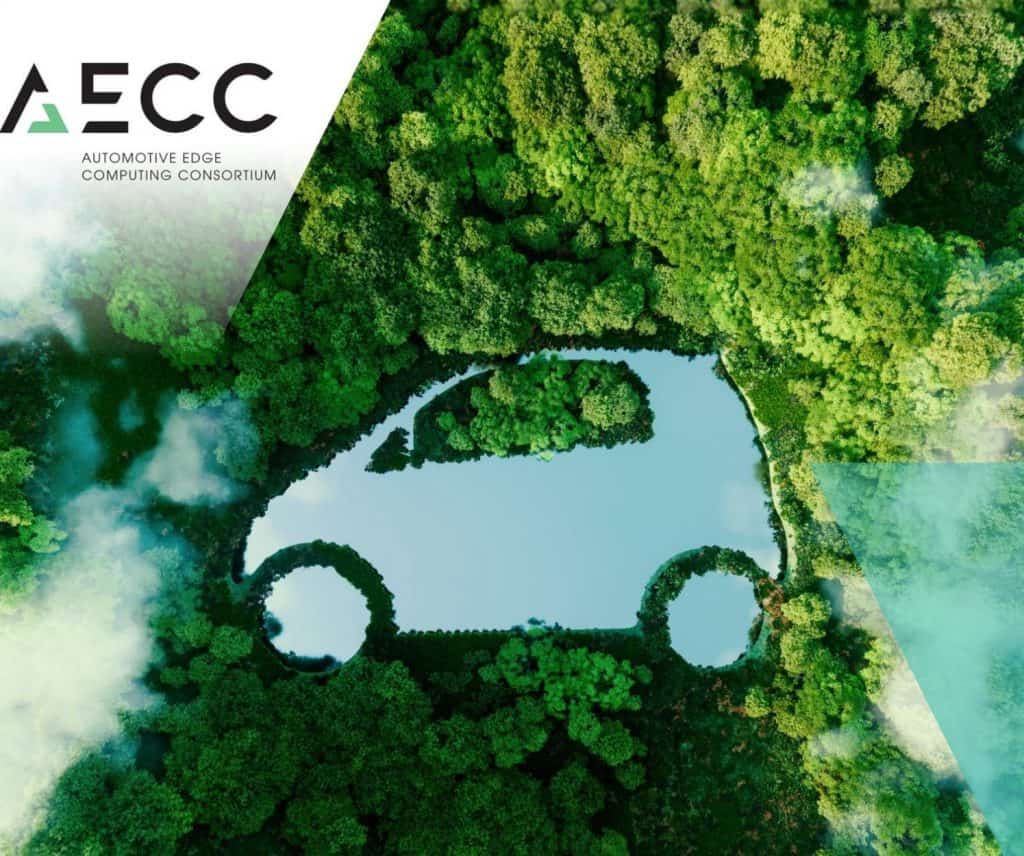
“The AECC invites industry stakeholders, environmental advocates, and innovators to explore the white paper and PoC and extends an open invitation for collaboration,” said Ken-ichi Murata, President and Chairperson of the AECC and Fellow at the Software Development Center at Toyota Motor Corporation. “We invite like-minded individuals and organizations to join AECC in contributing to the proof-of-concept initiatives aimed at materializing the vision of green mobility.”
AECC White Paper: Revolutionizing Customer Value with Green Mobility Services
The newly released white paper provides an in-depth exploration of the concept and definition of a green mobility society, highlighting key innovations to transform the future of automobile travel experiences. It envisions artificial intelligence (AI)-driven user experiences within this framework, outlining the challenges and characteristics of the connected infrastructure required to realize this vision.
These innovations include:
- Concierge Service: AI-driven personalized conversations with drivers, incorporating real-time data on traffic, road conditions, and energy status to provide route and in-vehicle guidance.
- Accident Prevention Support: AI identification of road hazards through image data, automatically notifying authorities for prompt repairs.
- New Entertainment Space: Vehicles transforming into “new living rooms” with large displays. Future possibilities include a metaverse space combining real-time vehicle data with virtual content for immersive entertainment, from game spaces to virtual interactions.
- Connected Infrastructure for Green Mobility: Emphasizing the need for connected infrastructure in realizing a Green Mobility Society, the paper advocates for creating an immersive environment for users even when not driving, emphasizing comfort and realism.
Green Mobility Proof of Concept
The AECC’s Green Mobility PoC, “Wi-Fi Data Offloading and Edge Computing for Greener Mobility Services,” was conducted in collaboration with AECC members Toyota, KDDI, and Cisco. The PoC focuses on optimizing energy and mobility flows through digital technologies.
By pre-processing data at roadside facilities instead of directly transferring it to the cloud, the PoC achieves remarkable results, with a 94% reduction in facility power and cooling. Furthermore, a more than 50% reduction in total power, including equipment power, demonstrates the viability of the proposed solution.
“The AECC’s PoC explores the challenge of meeting user demands for safe, comfortable, and efficient transportation. AECC advocates for constant updates to mobility services through digitalized or software-defined vehicles. To manage the potential surge in data consumption with this approach, AECC introduces an innovative strategy to balance user demands and energy consumption,” continued Murata.
About the AECC PoC Program
The AECC PoC Program is dedicated to addressing the data transfer requirements of the growing connected vehicle services ecosystem. Any organization can apply to work with the AECC on a PoC by reaching out to ProofofConcept@aecc.org. The AECC PoC Hub showcases a range of AECC technology demonstrations, executed and utilized in real-world environments, that show how to meet the expanding data management needs of connected vehicle services.
- Download the AECC White Paper: Connected Infrastructure for the Realization of the Green Mobility Society free of charge
- Learn more about the AECC Green Mobility PoC by industry leaders Toyota, KDDI, and Cisco: Wi-Fi Data Offloading and Edge Computing for Greener Mobility Services